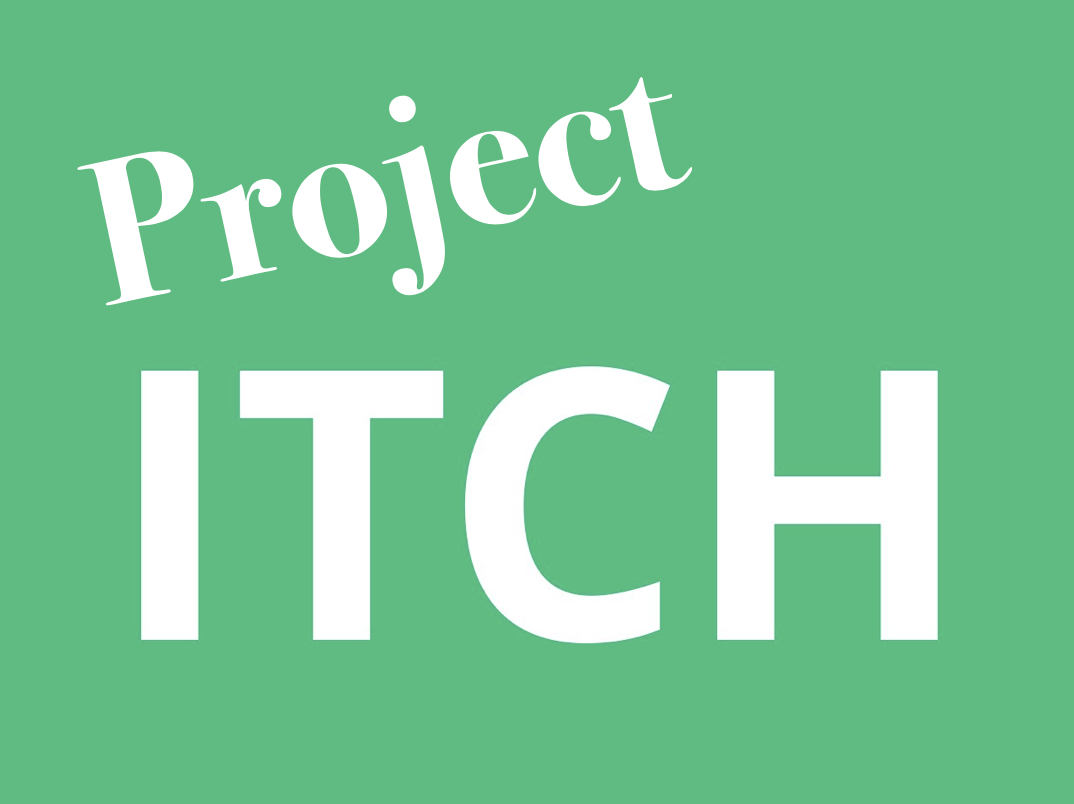
Editor’s Note –
 There was a period of time during my PRP journey when I had little or no energy. I would wake at 7:00 AM, sit at my computer for 30 minutes and read the most recent emails from the PRP-L List. I joined the email-based PRP Support Group the evening of the day I was diagnosed with PRP.
There was a period of time during my PRP journey when I had little or no energy. I would wake at 7:00 AM, sit at my computer for 30 minutes and read the most recent emails from the PRP-L List. I joined the email-based PRP Support Group the evening of the day I was diagnosed with PRP.
To make a long story much shorter, I discovered that I could sit on by butt at my computer for hours at a time. I had more than enough energy to read, type and work a mouse. In many ways, reading the PRP-L List emails became a crucial part of my PRP Treatment Plan.
It took several months, but I eventually read over 29,000 emails, extracted core data (name, email address, location, onset date and age, misdiagnoses, biopsy experiences, etc., and build a database. I probably read 10 emails from a single PRP patient to ferret out the core data I sought. PROJECT ITCH is a little like that. However, rather than read 29,000 emails, I will focus on 70 posts and harvest itch-related insights and observations from over 2,500 comments.
Step One – Harvest “ITCH” posts
I searched the PRP Facebook Support Group website using the keyword “itch” and collected several hundred posts going back to 2014 to include the author’s name, the date of the post and the author’s message.
Step Two – Eliminate “Lumpers”
Facebook delivers posts where the word “itch” is in a series, e.g., itching, pain, bleeding feet, lack of energy, etc. I needed a sharper focus.
Step Three – Eliminate Howlers
There are where many posts where PRP Facebookers are venting or “Howling at the Moon”. These posts were seeking – and received – support and empathy Again, I needed a sharper focus.
Step Four – Create Harvest List
And then there were 70 where the author wanted to learn how other PRP patients were dealing with the pain and discomfort of unrelenting itch. The following list of 70 posts and 52 authors becomes the basis of PROJECT ITCH.
Step Five – Harvest the Data
There’s no easy way or short cut. Each of the 70 posts and their the 2,500-plus comments must be read and the relevant responses entered into a database.
5
Step Six – Peer Review (Patients, Caregivers and Dermatologists)
Step Seven – Publish Finding
